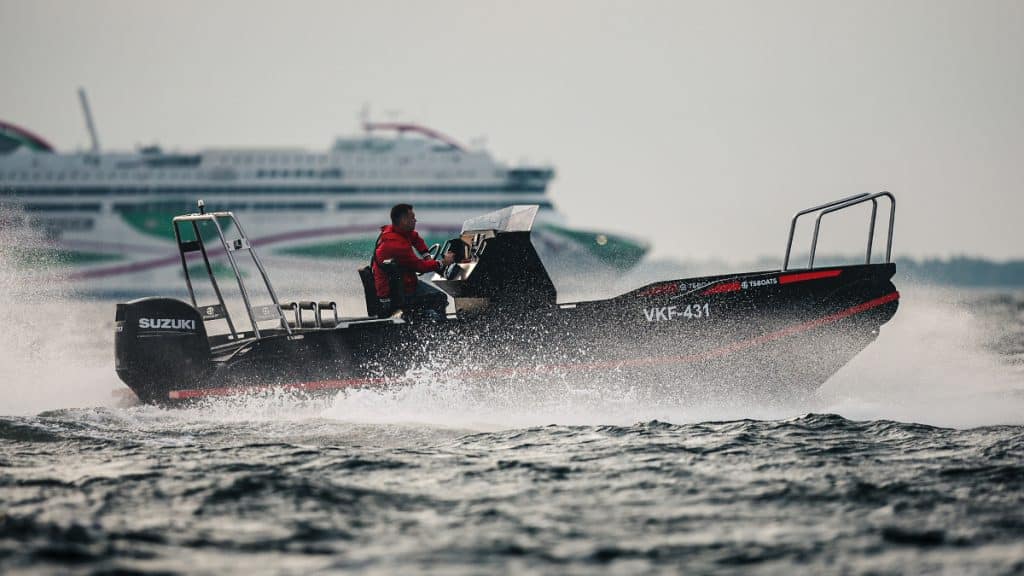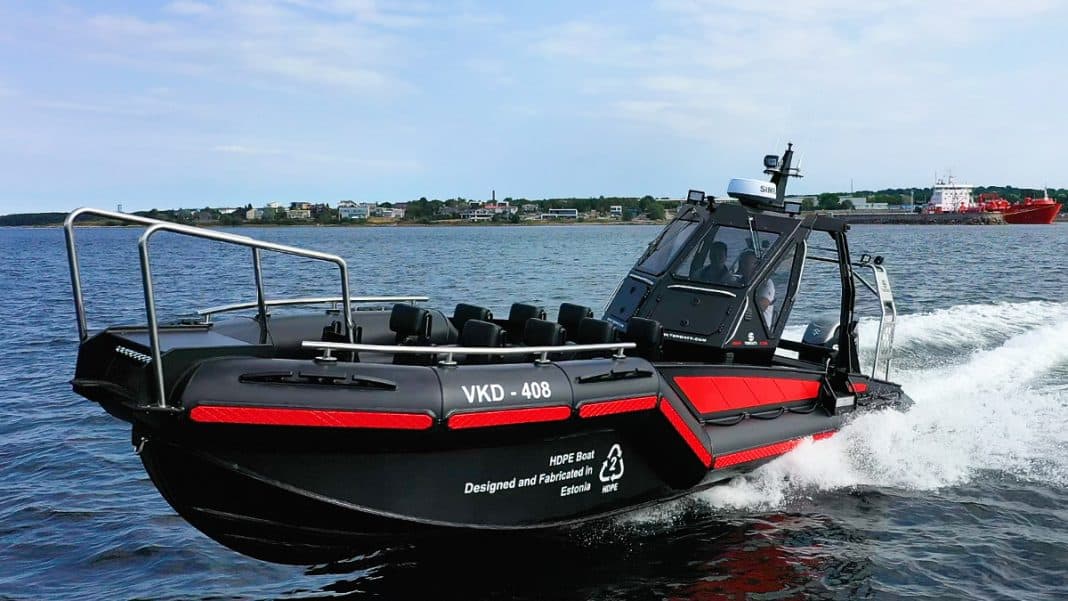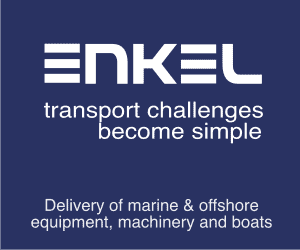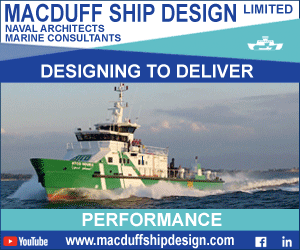Everybody knows that material choice has a pivotal role in determining the longevity, safety and efficiency of the vessel. Some are better, some are worse. Some are outdated and some are just stepping into the light. This is the case with HDPE – High-density polyethylene. A type of plastic used in various applications.
In recent years, it has been making its way into boat building. It is not in any sense a breakthrough or a game changer – it is just a material that was overlooked and now it is slowly taking its niche in the world of boats.
Why is that? Because of the material qualities.
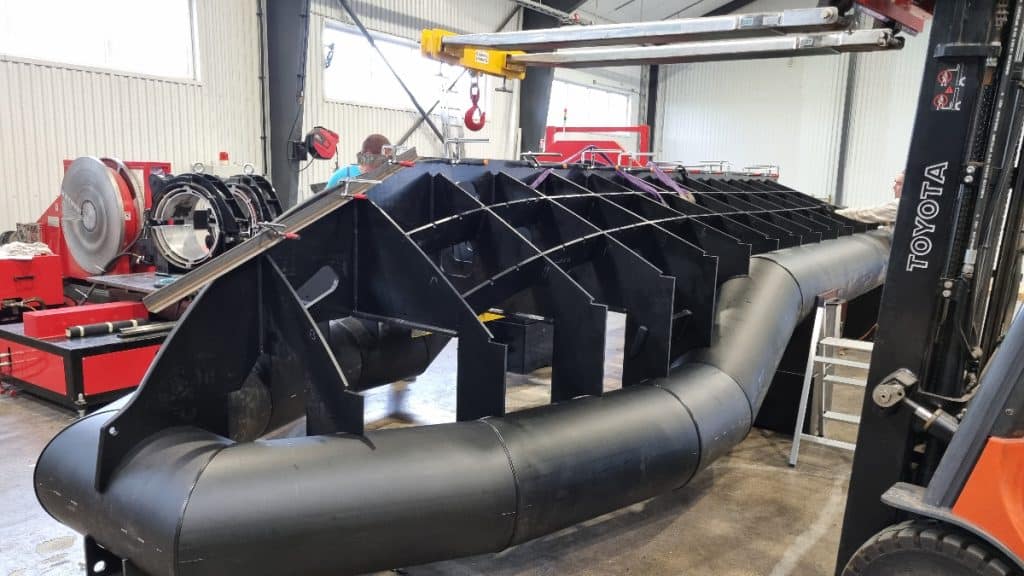
HDPE workboats have advantages over traditional materials, such as aluminium and Fiberglass-reinforced plastic (FRP). Below is a list of those advantages.
· Impact resistant: HDPE absorbs shocks and hits without breaking or cracking. Material is very flexible but rigid at the same time. Other materials such as FRP, known for its rigidity, can crack upon impact. Aluminium, while robust, is susceptible to dents and cracks, even corrosion if not properly maintained. Many people choose HDPE workboats for navigating in difficult conditions. Even if something goes wrong, HDPE is easy to repair.
· Flexibility: Material can flex upon impact without breaking. That is a big advantage in the marine sector, making HDPE boats last longer in operation, even in the most demanding conditions.
· UV resistant: Sunlight is great. But prolonged exposure can degrade and shorten the lifespan of some materials and coatings, not the case with HDPE is not affected by UV light whatsoever.
· Lightweight: In boat building weight is a crucial factor, impacting performance, stability and safety. HDPE boats have an advantage here due to their material density. The material is lighter than water, and while the overall weight of an HDPE boat can be similar to those made from aluminium or FRP, HDPE works better in scenarios of damaged hull. Boats constructed from this material can maintain buoyancy more effectively, providing more safety overall.
· Chemical resistance: Marine environment can be rough, salty waters, oil spills. Such environment takes its toll on the boat hull, but not with HDPE it remains unaffected.
· Non-Toxic and recyclable: HDPE is an eco-friendly choice; it does not release anything toxic to the environment during use and in the end of it is lifecycle it can be recycled.
· Resistance to marine growth: Barnacles or algae have trouble sticking to the slick hull of HDPE workboats. No antifouling coating required thus reducing maintenance costs.
· No paint required: Pigments are added to the HDPE material. Colour is inherent to the material, so no painting is required. Boat retains its original outlook overtime without need of touch ups.
In conclusion, HDPE offer a lot of advantages over traditional materials. It is a promising material that can move the boat building industry into a new era. Or at least we at TS BOATS think so. Check out our line of high-quality HDPE work boats, made for work in rough condition and ready to handle everything.
